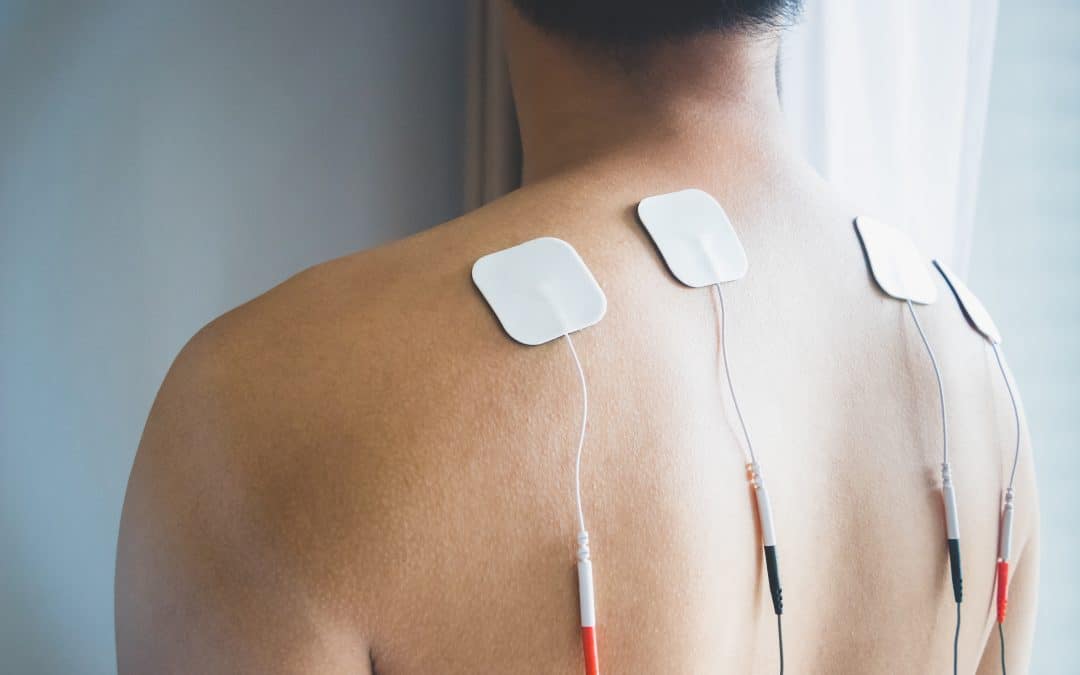Electrical Modalities
By: Samantha deCastro
Many physiotherapists and chiropractors integrate different types of electrical modalities into their practice. Why? It can help with deep heat, reduce pain, retrain muscle, and increase circulation. In this article, we will go through the more common types of electric modalities, and how they work.
Interferential Current (IFC)
This is the deepest penetrating modality, as it has a high frequency. This means it can get past the resistance that the tissue at the surface, like skin, causes. IFC is great for pain reduction in both acute and chronic conditions, can help with swelling, increased healing and can also cause something called Wedinski inhibition. This is a rapid, short nerve block that takes place under the pads of the machine.
Transcutaneous Electrical Nerve Stimulation (TENS)
This is a low frequency form of modality that helps with pain control. This unit is typically small and portable, which makes it a great tool for patients to utilize outside of the clinic as well as inside. It helps with pain by stimulating sensory nerves and our natural painkillers. Low back pain, osteoarthritis, migraine headaches, rheumatoid arthritis and degenerative disc disease are some instances when TENS would be used.
Russian Stimulation
This type of modality is used for the rehab of partly denervated and debilitated muscle. It has a medium carrier frequency, which helps with the discomfort that can be felt with other modalities like IFC, leading to a comfortable, strong muscle contraction. It was created to help athletes increase strength and is still used in the capacity in the clinical setting. It is used for muscle re-education, muscle spasm, circulatory issues and can possibly be used in scoliosis patients as well.
Microcurrent (MENS)
This modality is considered subsensory, meaning you don’t feel it! It is a microamperage, so it does not fire nerves or contract muscle. The effects are more at the cellular level, increasing ATP, protein synthesis, tissue healing, and helping with cellular growth. This can help with pain relief, healing times, inflammation and swelling. Some practitioners are now combining this method with acupuncture needles and points.
Ultrasound
Therapeutic ultrasound, not to be confused with imagining forms of ultrasound, is used very commonly in the musculoskeletal world. It is a form of mechanical energy. The tissues that respond the best to this kind of treatment are high in collagen (ligaments, tendons, fascia, joint capsules and scar tissue).
The effects of ultrasound include thermal and non-thermal.
Thermal effects include local temperature increases, as well as metabolism and blood flow increases. Muscle relaxation, pain decrease and increased connective tissue elasticity.
Non-thermal effects include increased membrane permeability, collagen synthesis, and breaking down adhesions in the soft tissue. It can also increase enzyme activity and tissue repair.
Ultrasound is typically used to help with inflammation, scarring, tissue healing as well as reducing swelling.
Interested in one or more of these modalities? Click here to book with one of our physiotherapists or chiropractors!
